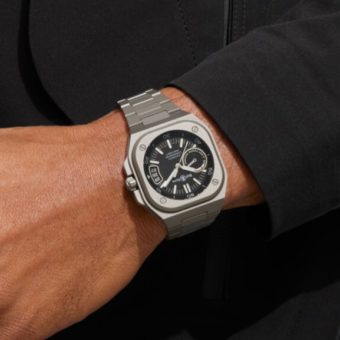Longines Launches Mini Dolce Vita to Honor Kentucky Derby, Kentucky Oaks
To celebrate the 150th anniversary of the Kentucky Derby and Kentucky Oaks, Longines, Official Partner, Official Timekeeper and Official Watch of the event since 2011, presents a new Mini Dolce Vita model in a limited edition of 150 pieces. This elegant timepiece, set with diamonds, comes with a new double strap in pink nappa leather...
Read the article
Apr 18, 2024 by Sabine Zwettler
